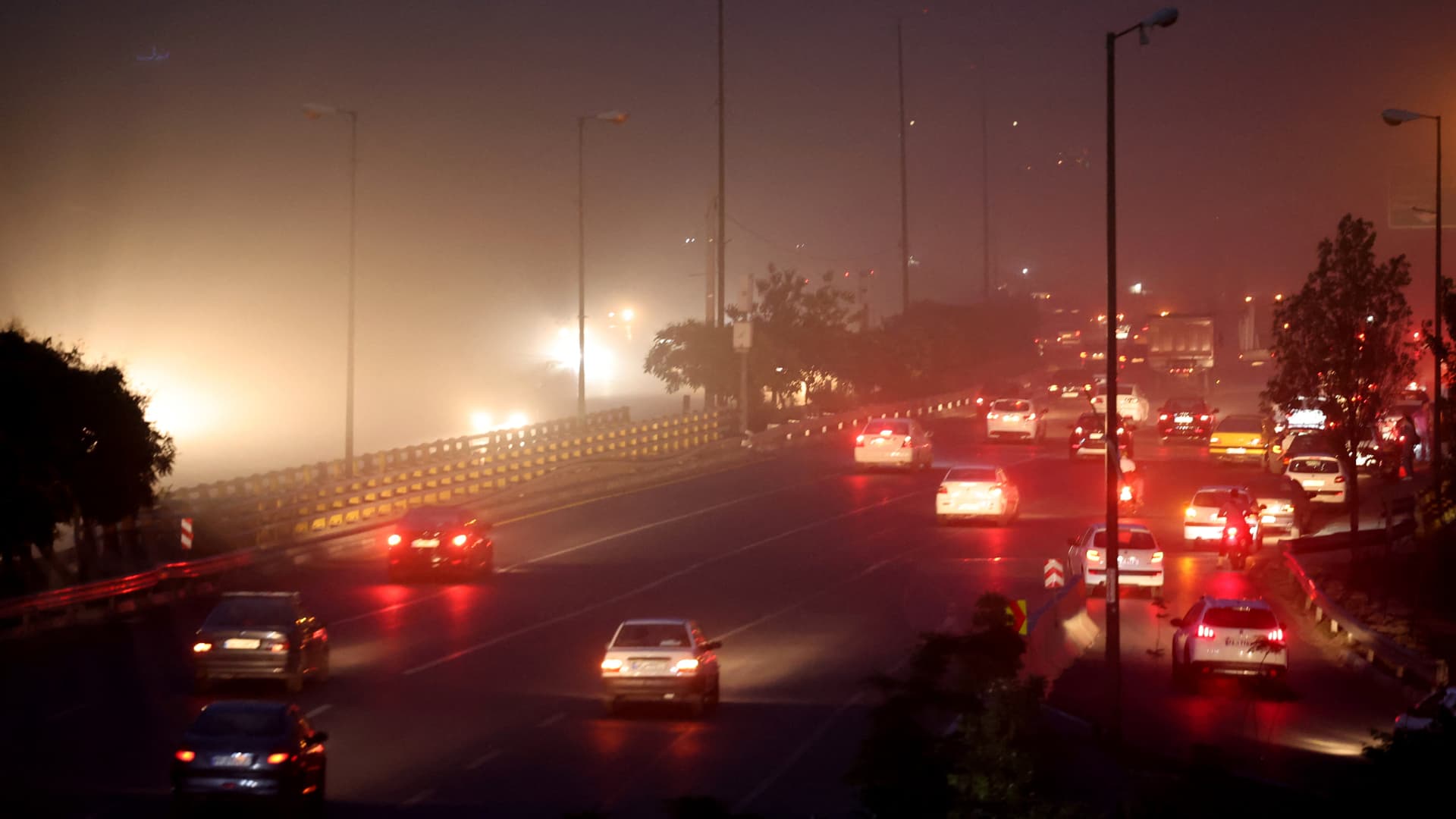Navigating the New Terrain of Iran-Israel Conflict: A Tactical and Geopolitical Analysis
The recent surge in hostilities between Iran and Israel has ushered in an alarming chapter in their protracted conflict. The escalation, marked by Israel’s extensive airstrikes on Iranian nuclear and military sites followed by Iran’s deployment of over 100 drones targeting Israeli territory, signals not just a spike in violence but a profound transformation in warfare dynamics within one of the most volatile regions in the world.
Surge in Hostilities: The Catalyst and Immediate Aftermath
The trigger for this dangerous new cycle was Israel’s decisive overnight missile strikes on Iranian soil, targeting more than 100 strategic locations, including nuclear facilities. Israeli officials framed these actions as necessary preemptive measures to stifle Iran’s nuclear capabilities, highlighting the perceived imperative to act before Iran potentially crosses a nuclear weapons threshold. This operation is characterized as the most substantial Israeli attack on Iran since the Iran-Iraq war, underscoring its intensity and scale.
Iran’s counterattack, utilizing an unprecedented swarm of more than 100 drones, marks a significant shift in confrontational tactics. Rather than relying solely on traditional missile or military strikes, Iran capitalized on drone technology, sending mass unmanned aerial vehicles deep into Israeli airspace. Israeli defenses reacted swiftly, intercepting many of these drones, but the deployment volume suggests an intent to test the limits of Israeli countermeasures and probe vulnerabilities.
The Rise of Drone Swarms: New Dimensions in Modern Warfare
Iran’s use of drone swarms is emblematic of a broader global trend toward sophisticated, unmanned aerial technologies in warfare. These drones offer multiple tactical advantages: they can conduct surveillance, electronic warfare, and precision strikes, all while presenting a high volume and low-cost threat that can saturate air defenses.
This approach reflects an adaptive military doctrine by Iran, prioritizing asymmetric tactics to challenge Israel’s traditionally superior air defense capabilities. The sheer scale of the drone attack reveals a strategic gamble—deploying easily replaceable assets en masse to overwhelm defense systems, thereby gaining tactical footholds or inflicting damage without risking extensive personnel losses.
For Israel, this tactic necessitates a recalibration of defense strategies, emphasizing rapid detection, interception agility, and layered defenses to counter not just ballistic missiles but swarms of fast, small, and artistically coordinated UAVs. The dual necessity to defend against this new form of attack while maintaining offensive precision against Iranian targets frames the complex modern battlefield these two adversaries now face.
Regional and Global Ripple Effects: More Than a Bilateral Dispute
The Iran-Israel confrontation carries weight far beyond the immediate combat zones. The conflict heightens instability in the already fragile Middle East, with the potential to disrupt vital energy supplies that reverberate through global markets. The immediate consequence has been a spike in oil prices, triggered by fears regarding the security of Middle Eastern supply routes.
Beyond economics, there is an acute geopolitical worry. Iran’s capacity to leverage proxy militias in surrounding countries means that escalations could rapidly expand, drawing multiple regional actors into conflict and transforming what might be contained clashes into a broader regional war. Neighboring countries and influential global powers watch cautiously, balancing diplomatic calls for de-escalation against preparedness for potential expanded hostilities.
Tactical Insight: Calculated Risks and Hybrid Warfare Realities
Israel’s strikes aim not only to damage infrastructure but to destabilize Iran’s nuclear development at a critical juncture. This preemption reflects a strategic calculus—accepting the risk of retaliation in hopes of delaying or derailing Iran’s nuclear aspirations.
Iran’s drone response reveals the nature of hybrid warfare now practiced: blending conventional and unconventional tactics including UAV swarms, missile strikes, cyber operations, and proxy engagements. The layered defense challenges Israel faces highlight the difficulty in countering multi-dimensional assaults blending cost-effective technology and asymmetrical operational methods.
This scenario also illustrates the extent to which both nations are willing to stretch the boundaries of controlled escalation, accepting higher risks of wider conflict as they jockey for strategic advantage.
On the Brink: The Unfolding Future of Iran-Israel Relations
The stakes have never been higher. The drone swarm and retaliatory airstrikes suggest an abiding readiness on both sides for a prolonged and intensified conflict. Iranian leadership’s vows for continued retaliation raise the specter of an enduring cycle of violence that could spill over into a broader war theatre.
Both countries are navigating a volatile tipping point where further escalation risks drawing in other regional powers, deepening devastation, and destabilizing long-standing balances of power. This transition signals a potential shift from covert proxy confrontations to overt military clashes, with implications that extend well beyond the immediate combatants.
Conclusion: A New Era of High-Tech Confrontation and Geopolitical Fragility
This emerging phase in the Iran-Israel conflict underscores the transformation of regional warfare into something profoundly multifaceted: technologically sophisticated, asymmetrical, and laden with global consequences. The unprecedented drone deployment by Iran, in response to Israel’s massive airstrikes, encapsulates both the possibilities and perils of modern conflict where innovation meets entrenched rivalry.
As tensions remain poised on a knife’s edge, this conflict calls for relentless attention and nuanced understanding—not only to anticipate the next moves but to grasp the sweeping impact on regional stability and global security. The unfolding drama between Iran and Israel is not simply a bilateral dispute but a defining moment that could reshape the contours of warfare and diplomacy in the Middle East for years ahead.

